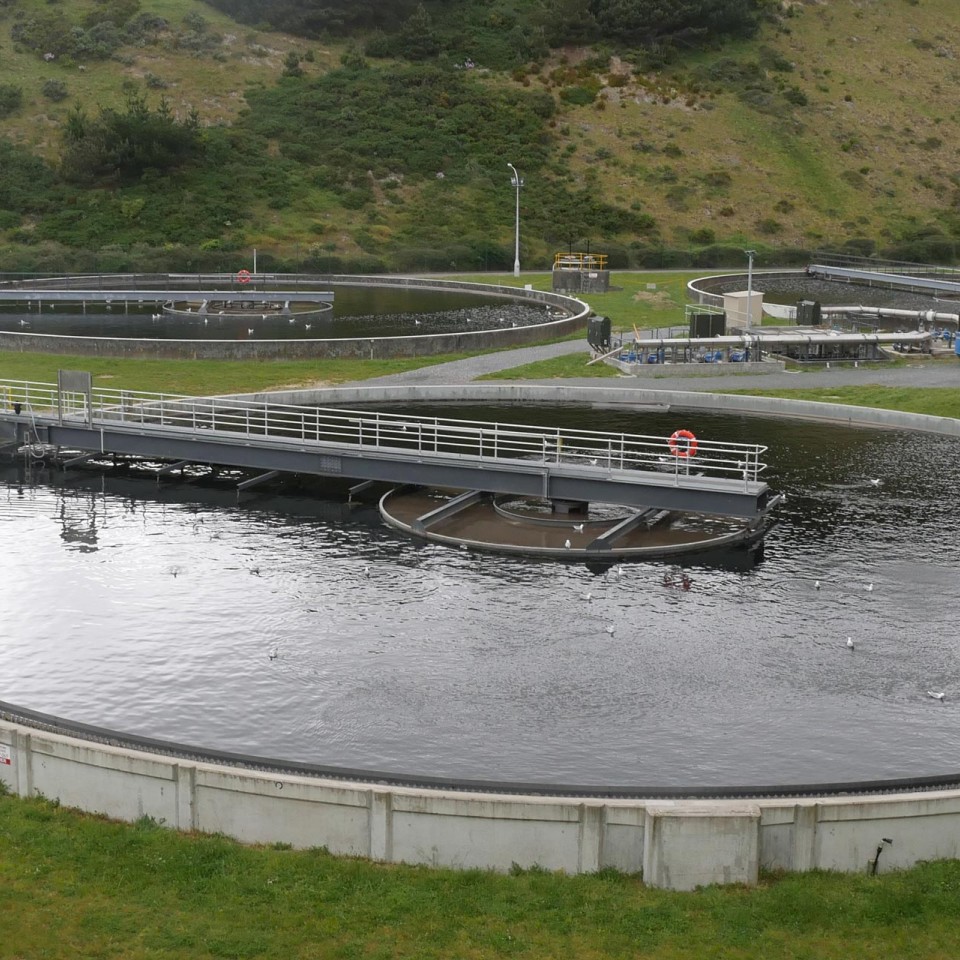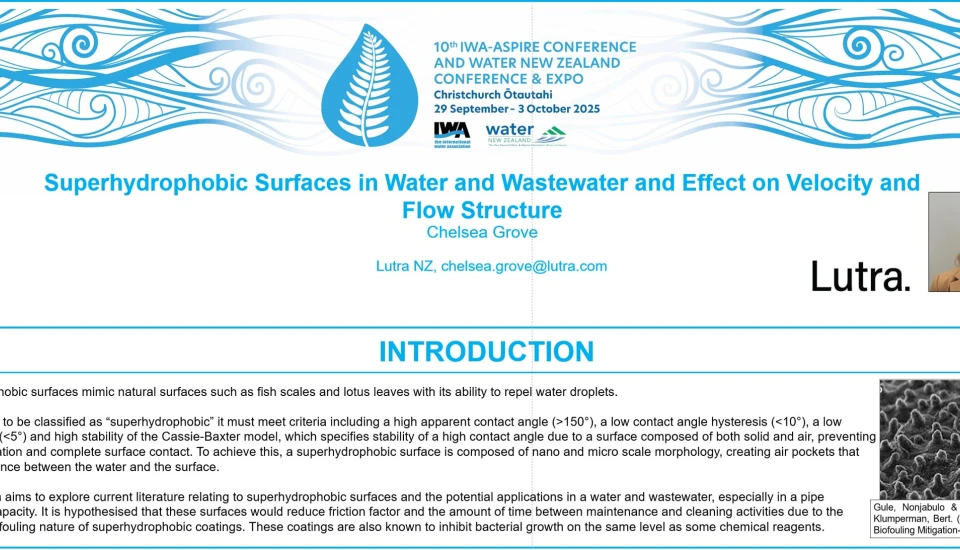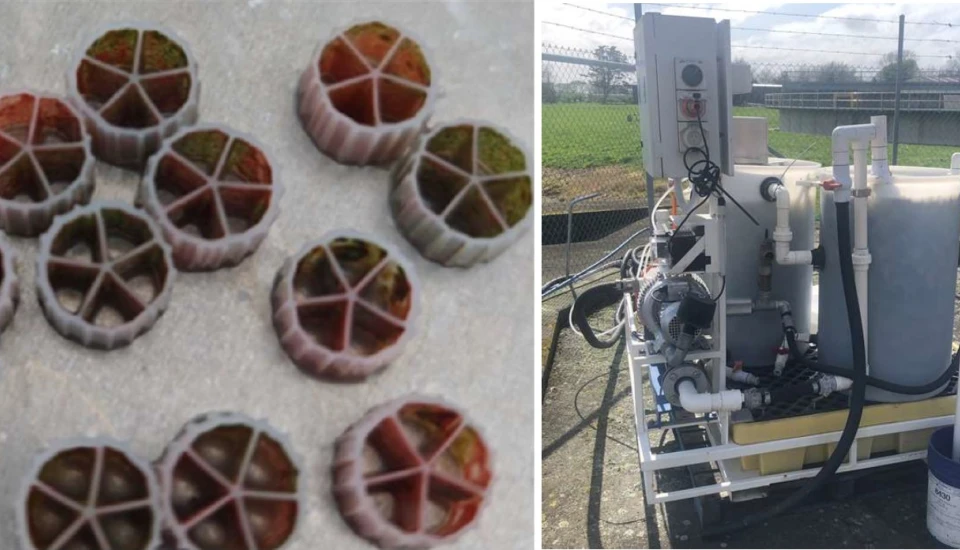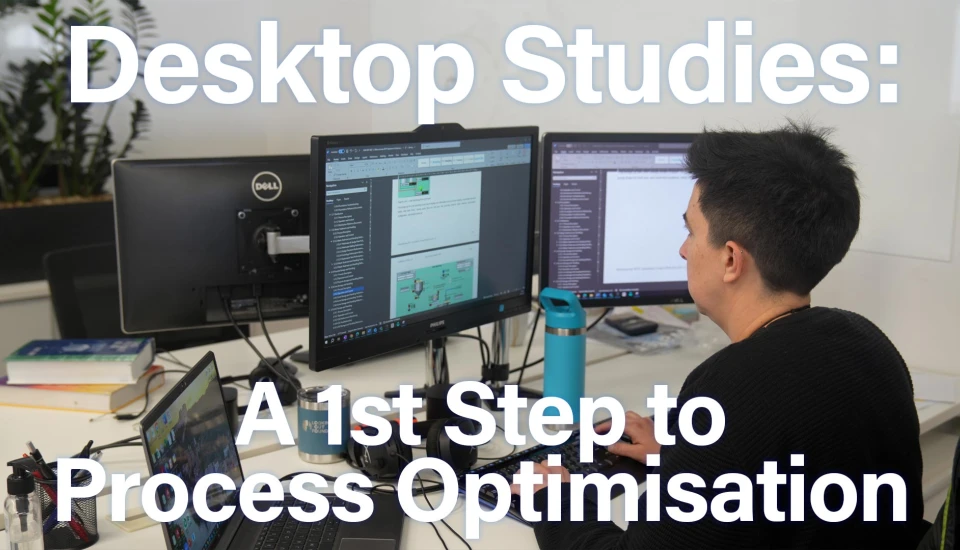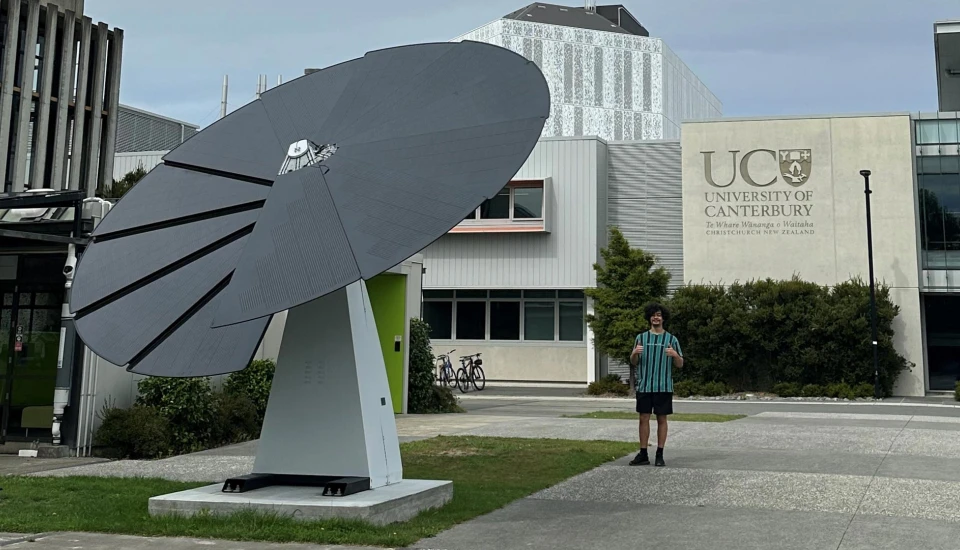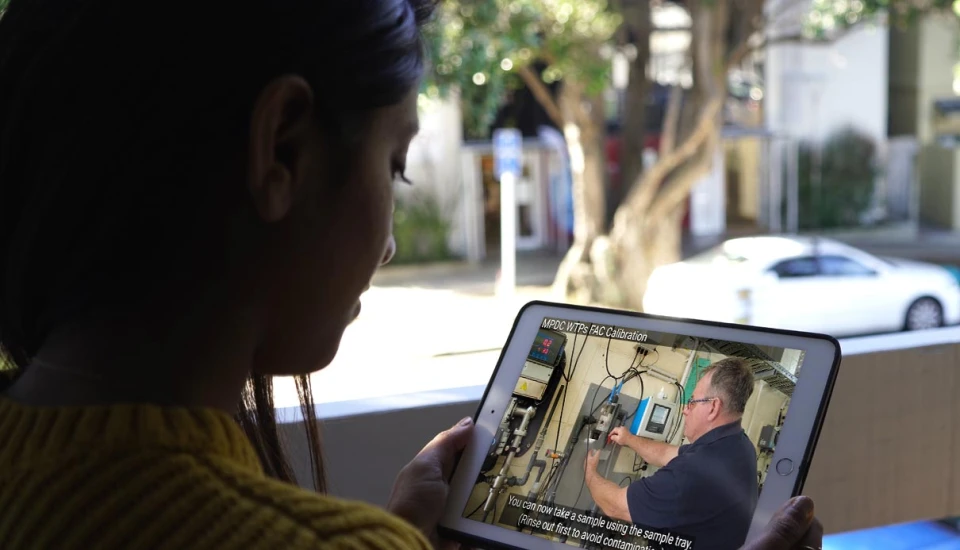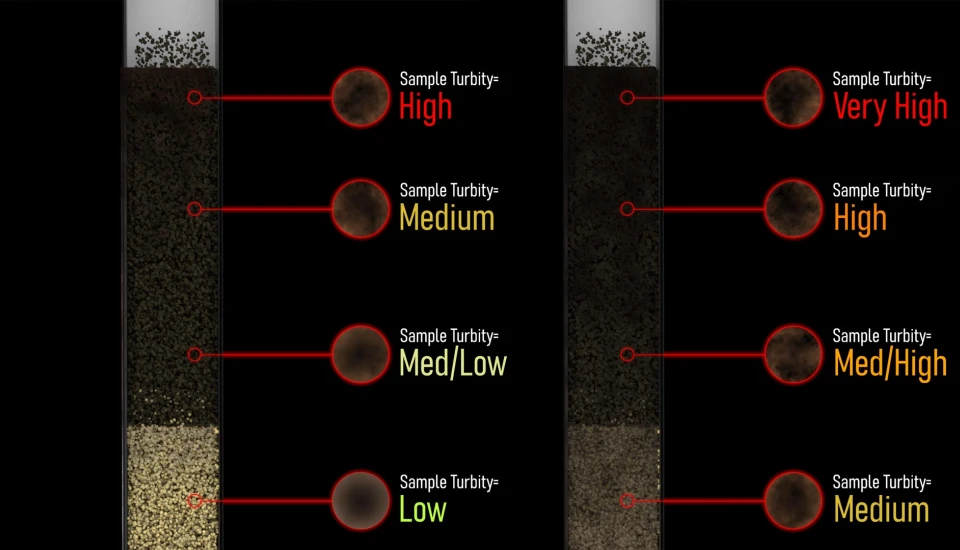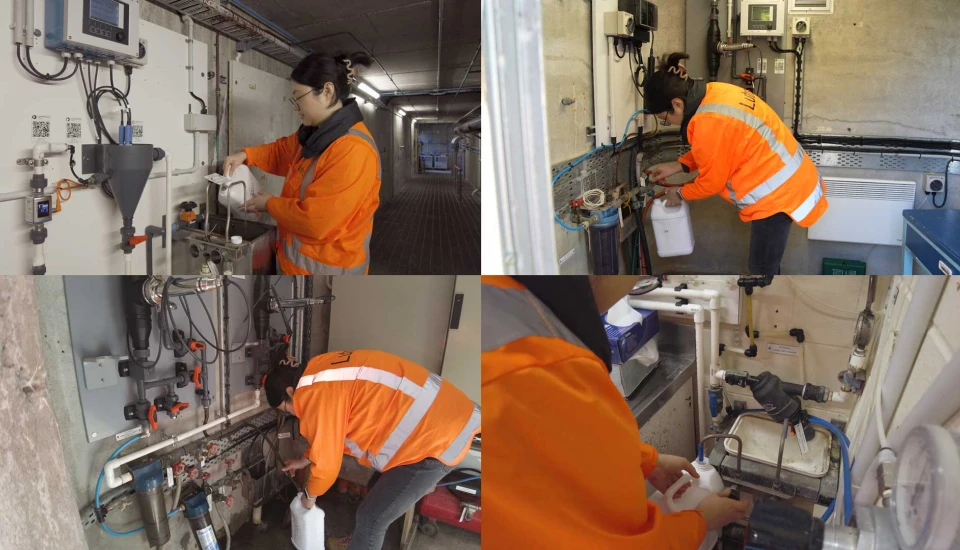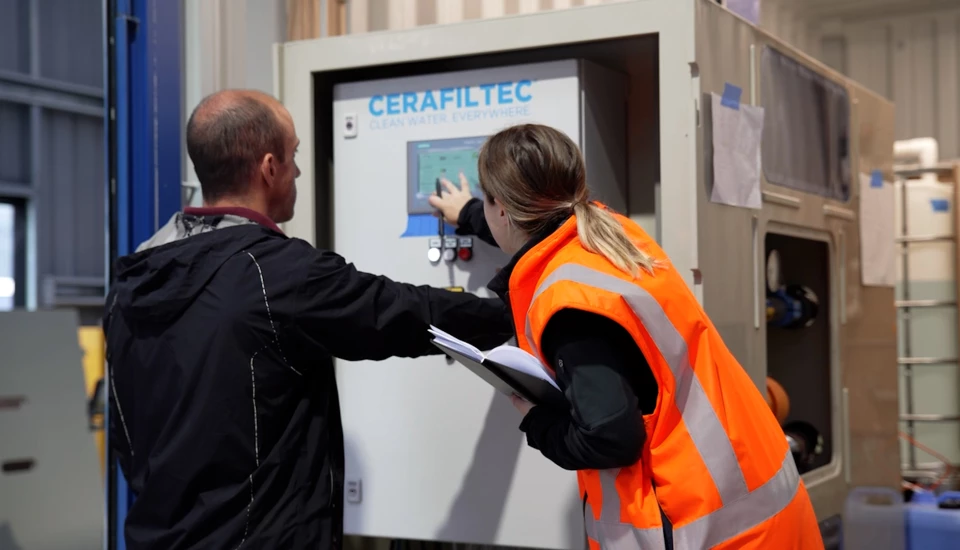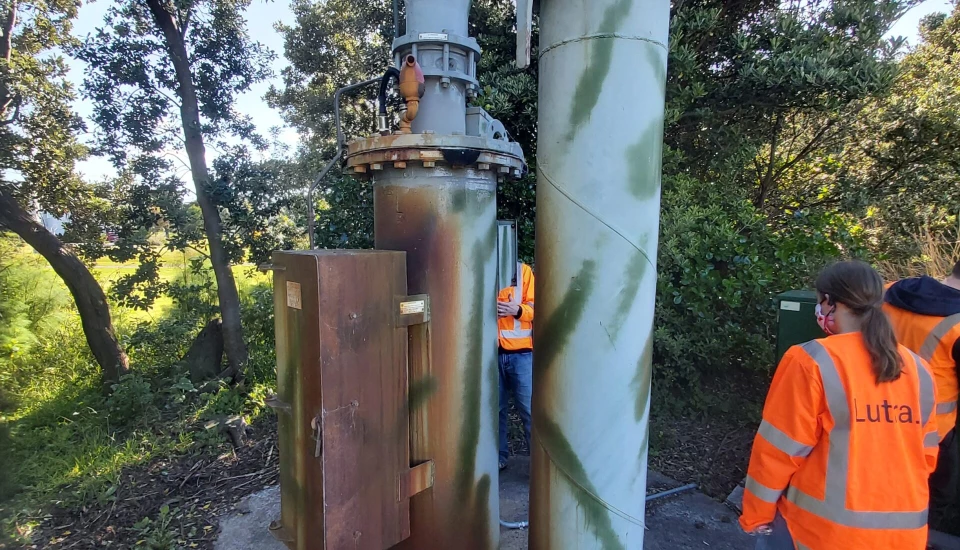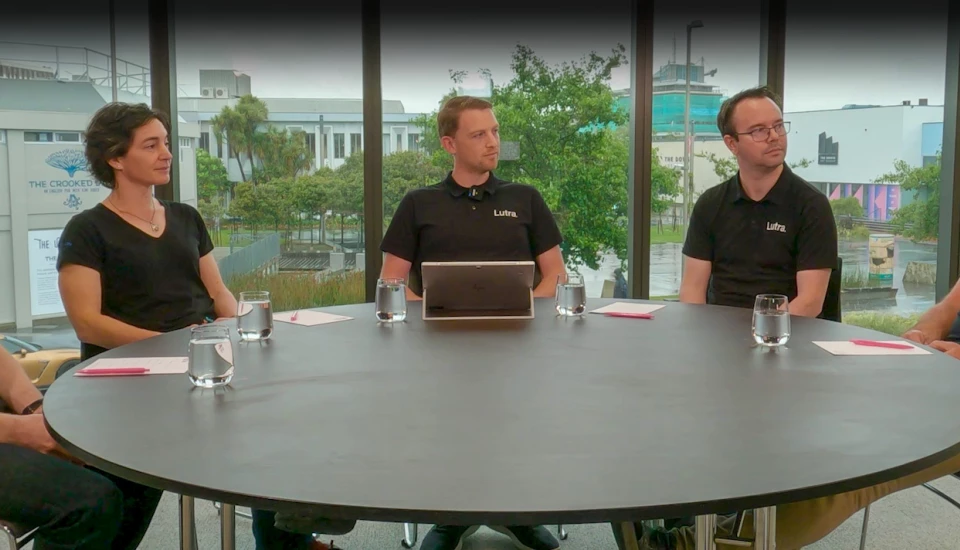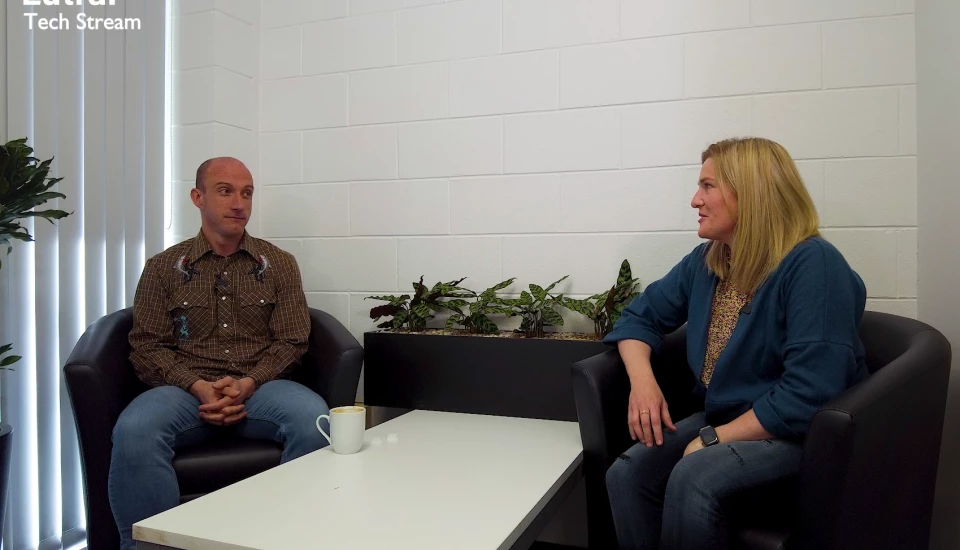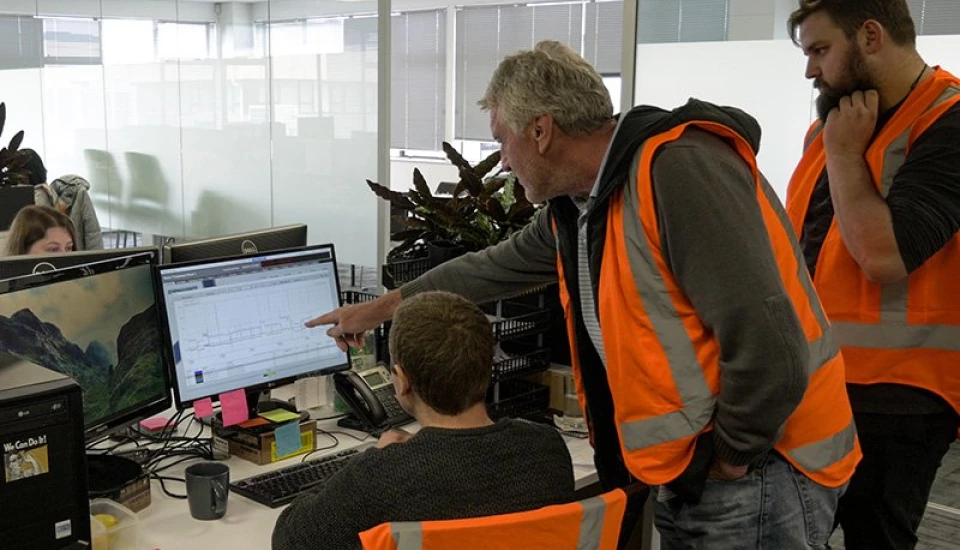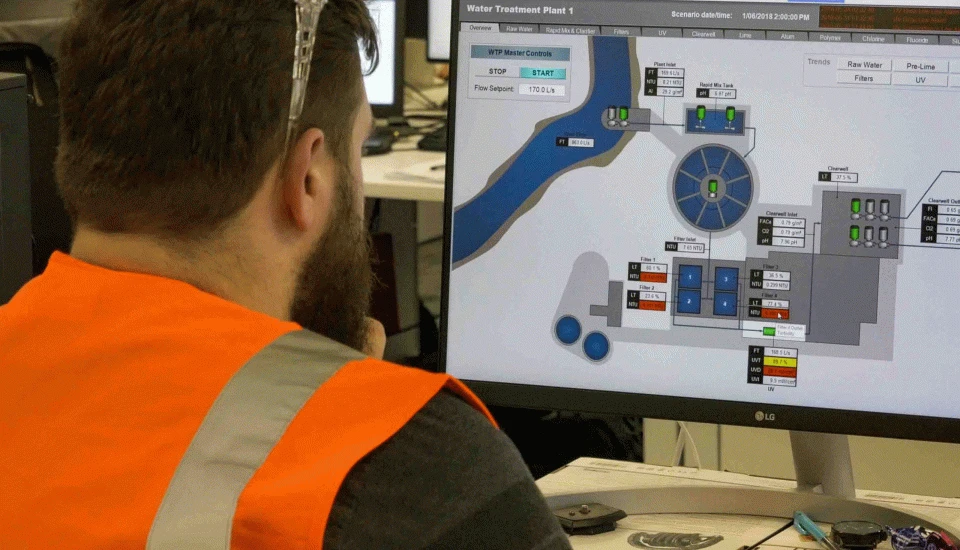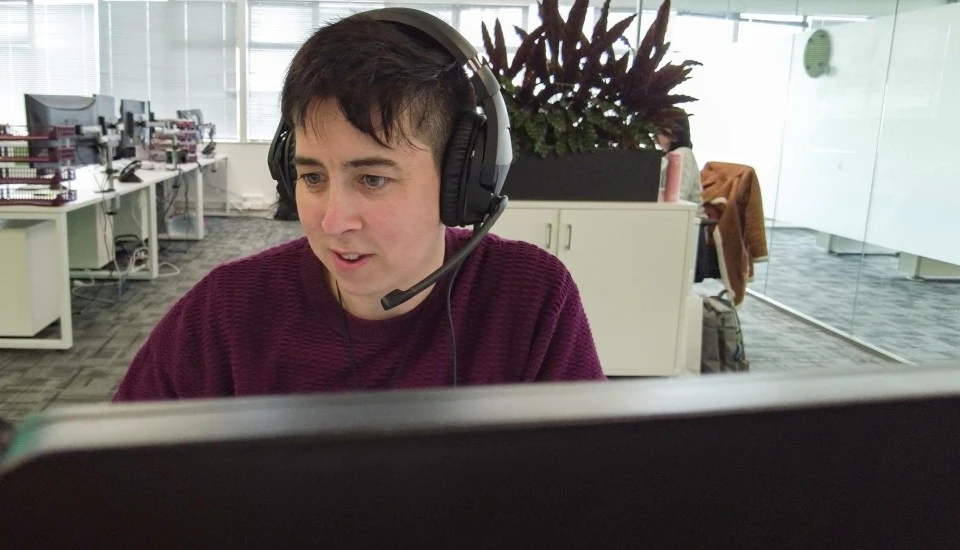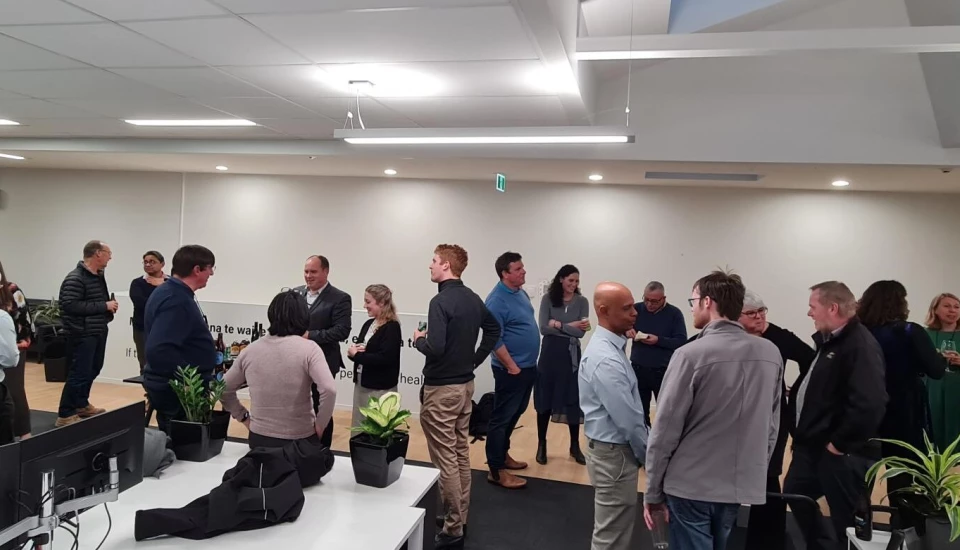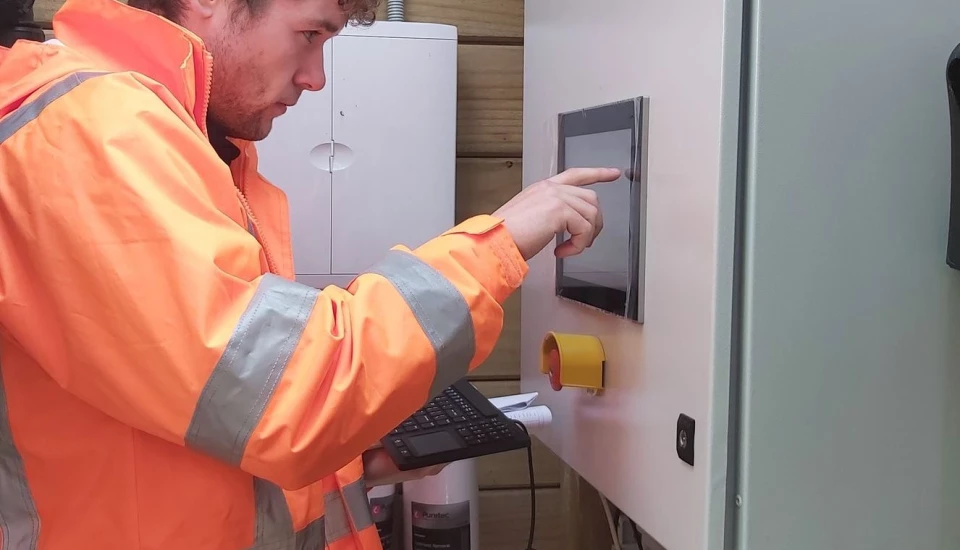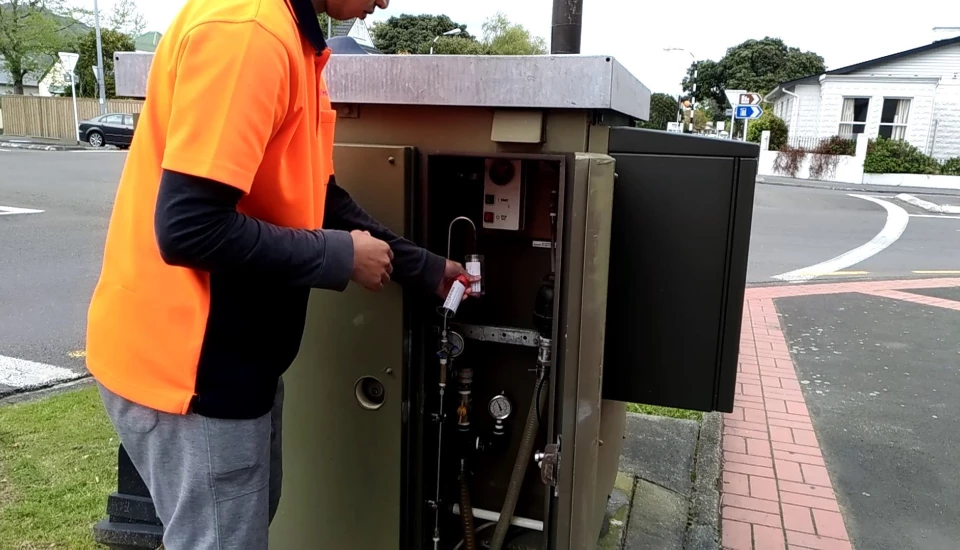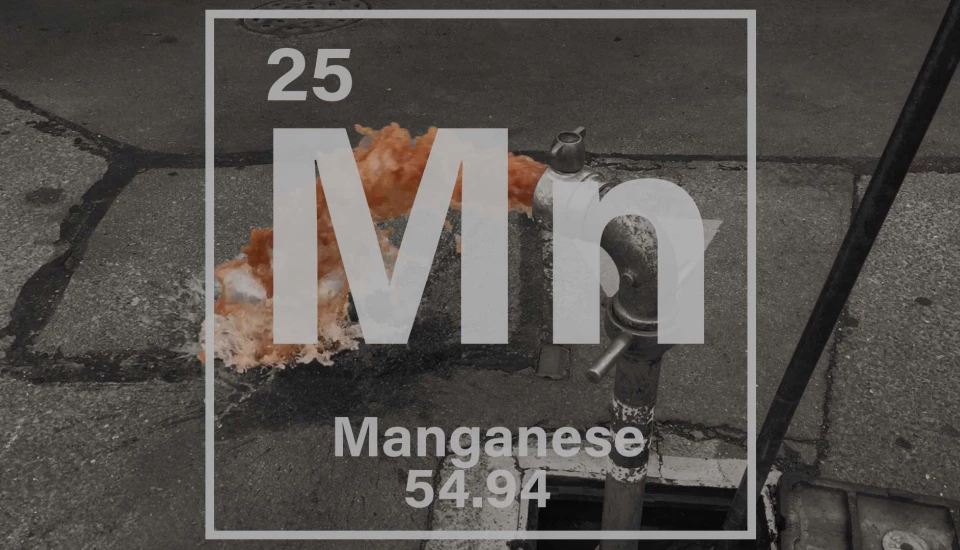A Busy 4 Months
Over the past four months, I had the opportunity to complete my secondment as a Process Engineer with Veolia. During this time, I was fortunate to work across several Wellington Water treatment plants — Seaview WWTP, Porirua WWTP, Moa Point WWTP, and Western WWTP. Each site has its own unique challenges and strengths, and I’d like to give a big shoutout to all the dedicated operators at each location. It’s been a privilege to learn from and work alongside them.
As a Process Engineer within the Operations team, my role focused on ensuring compliance and supporting the optimisation of plant performance. Unlike a typical office-based role, working in operations meant I was on-site every day, collaborating directly with operators, troubleshooting process issues, and getting hands-on experience. I even learned to carry out various laboratory tests, thanks to the patient guidance of the operators.
There’s so much more to running a plant than just following textbook equations. Real-world constraints — such as logistics and shift schedules — all need to be factored into decision-making. My job was to help find practical solutions that keep the plant compliant while also working within these operational realities.
Also, a huge thank you to my Lutra colleagues Louis Ortenzio and Tim Miskimmin for their incredible support throughout my secondment — I truly appreciated your guidance and mentorship.
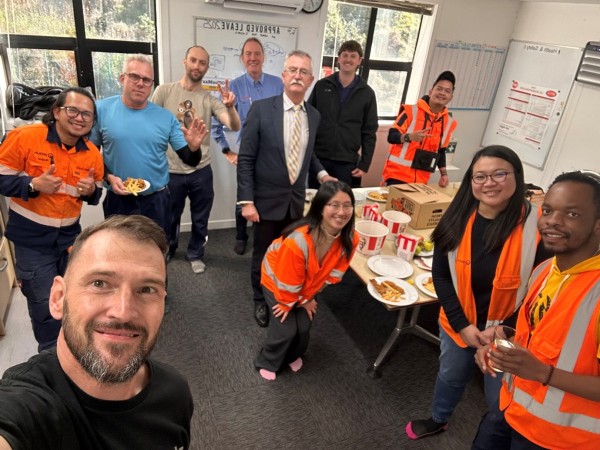
A Few Highlights from My Secondment
Restoring Nitrification in the Aeration Basin
At one of the wastewater treatment plants, we have been working towards consistently meeting the target ammonia concentration in the effluent. A key focus has been optimising dissolved oxygen (DO) control in the aeration basin, which is critical for the nitrification/denitrification process and overall nitrogen removal.
Working closely with the onsite operators, we first conducted a DO profile along the aeration basin to better understand oxygen distribution. We then made manual adjustments to the individual air valves on each drop leg to achieve a more even airflow throughout the basin. This allowed us to gradually increase the DO set point, ensuring each zone received sufficient oxygen.
Over several weeks, this optimisation successfully brought ammonia concentrations down to a desired range, which was a great result.
Polymer Dosing Trial
To explore opportunities for improving centrifuge performance—and thereby increasing the dry solids content of material sent to landfill—we carried out a polymer dosing trial in the thickener. While the polymer trial ultimately showed that this particular product was not the ideal match for the system, the process yielded valuable insights. A big thank you to the suppliers and operators whose support ensured the trial ran smoothly. The suppliers also provided some guidance on optimising the centrifuge operation to the operators.
Some key takeaways
To begin dosing:
- Start the water flow first, allowing enough time to flush the lines and static mixer.
- Once the water flow rate is stable and at the correct rate, start the polymer pump to achieve the desired concentration.
To end dosing:
- Stop the polymer pump first.
- Continue running clean water to flush out any remaining polymer, particularly through the static mixer, to prevent long-term fouling.
In addition to the aforementioned efforts, I also helped refine the wasting schedule, with input from Louis, based on a review of the current process. Instead of intermittent wasting throughout the day, we recommended continuous wasting during dewatering periods to maintain consistent thickener overflow and maximise thickening efficiency.
This change successfully increased the dry solids content of the cake from 15–16% to the target range of 18%, with peaks of 20–21%—reportedly the driest cake the plant has ever produced.
State Point Analysis (SPA)
SPA is a valuable diagnostic tool used to assess the performance of secondary clarifiers. It helps evaluate sludge settleability and determine the clarifier’s capacity under varying MLSS and hydraulic loads. I spent 2–3 days in the laboratory at both Porirua and Seaview working with another process engineer to carry out this analysis. The insights gained have helped inform recommendations for process optimisation. I can’t wait to share this with my fellow Lutra’s colleagues.
Assessment of Summer Operating Regime
Some treatment plants experience unexpected nitrification during summer due to higher temperatures, which can lead to denitrification and rising sludge blankets. A common operational response is to reduce aeration tank use, but this can come with trade-offs — like reduced time for BOD removal. I carried out a preliminary assessment to evaluate these impacts and identify opportunities for optimising the process under warmer seasonal conditions. The findings were submitted to the treatment supervisor, who noted that the recommendations will be considered in preparation for next summer. While further work is needed to close some knowledge gaps, we observed improved BOD removal when the reaeration tank was brought back online as operations transitioned into winter.
These are just a few highlights of what I’ve learned and contributed during this secondment — there’s far more I could say, but I’m running out of space!
And finally, some moments I’ll miss the most:
- BBQs with the operators during H&S meetings 🍖
- Farewell KFC with my awesome Veolia colleagues 🍗
Thank you again to everyone who made this such a memorable and valuable experience!

